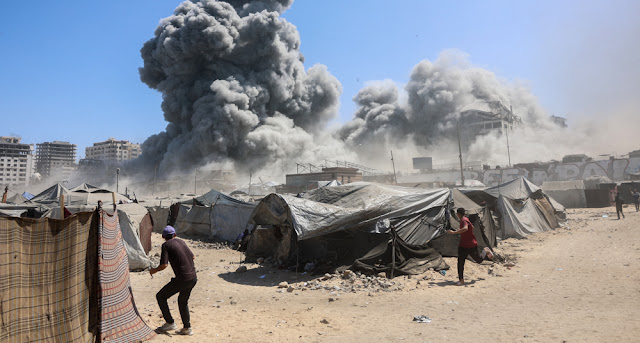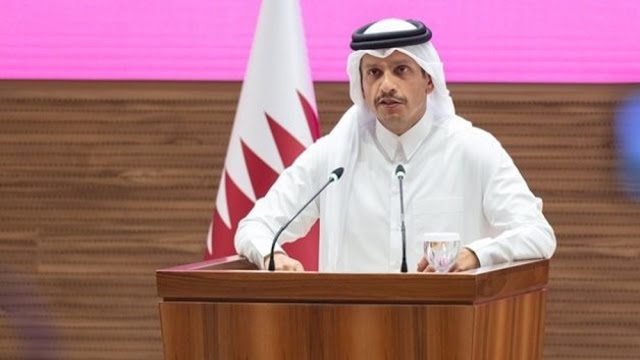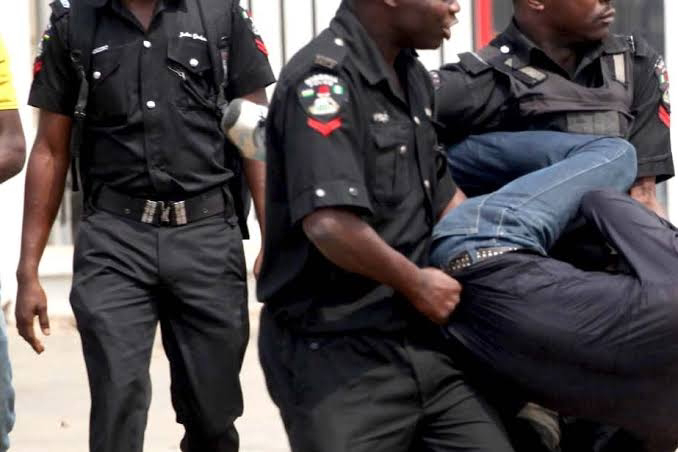In a devastating escalation of its military operations, Israel has intensified its assault on Gaza City, reducing yet another residential high-rise, the Tayba II Tower, to rubble. The attack, which occurred on Wednesday in the densely populated Rimal neighborhood, marks a continuation of Israel’s aggressive campaign aimed at displacing Palestinians and reshaping the urban landscape of Gaza City. This latest strike is part of a broader strategy that has seen the deliberate targeting of residential buildings, many of which have been serving as shelters for displaced families seeking safety amid relentless bombardments. The destruction of civilian infrastructure, coupled with the displacement of thousands of residents, has raised urgent concerns about the humanitarian toll and the long-term consequences for Gaza’s population.
The Tayba II Tower, once a prominent feature of Gaza City’s skyline, was obliterated in a matter of moments, leaving behind a scene of devastation that has become all too familiar for the city’s residents. The high-rise, like many others targeted in recent weeks, had been a refuge for families displaced by earlier attacks, offering a semblance of shelter in an increasingly uninhabitable urban environment. Eyewitnesses described the harrowing moments as the tower collapsed, with plumes of smoke and dust rising into the sky, signaling yet another blow to Gaza’s already crumbling infrastructure. The attack has left countless families homeless, forcing them to navigate the perilous task of finding safety in a city under siege.
Israel’s campaign, which has been dubbed “Gideon’s Chariots 2 operation,” is aimed at achieving what Israeli authorities have openly described as the “complete occupation” of Gaza City. The operation, which began last month, has subjected the city’s estimated one million residents to an unrelenting barrage of airstrikes, artillery fire, and ground incursions. The scale of the destruction has been staggering, with entire neighborhoods reduced to rubble and essential services such as electricity, water, and healthcare pushed to the brink of collapse. The targeting of residential towers, in particular, has emerged as a defining feature of this campaign, with Israel systematically dismantling the structures that form the backbone of Gaza’s civilian life.
The destruction of the Tayba II Tower is not an isolated incident but part of a broader pattern of attacks on high-rise buildings across Gaza City. Over the past month, numerous residential complexes have been leveled, leaving thousands of Palestinians without homes or safe places to seek refuge. These towers, often densely packed with families, have been targeted with precision, raising questions about the proportionality and legality of Israel’s military tactics. Human rights organizations and international observers have condemned the destruction of civilian infrastructure, arguing that it violates international humanitarian law and exacerbates an already dire humanitarian crisis.
The impact of these attacks extends far beyond the physical destruction of buildings. The loss of residential towers has stripped Gaza City of critical housing stock, forcing families into overcrowded shelters, makeshift camps, or the streets. The psychological toll on residents is immense, as the constant threat of airstrikes and the loss of homes create a pervasive sense of fear and uncertainty. For many, the destruction of their homes represents not only a loss of shelter but also a severance of personal histories, memories, and community ties. The targeting of civilian infrastructure has also crippled Gaza’s ability to provide essential services, with hospitals, schools, and water treatment facilities either destroyed or severely damaged.
Israeli officials have defended the escalation, claiming that the operation is necessary to dismantle what they describe as terrorist infrastructure embedded within Gaza City. Last month, Israeli War Minister Yisrael Katz declared that “Gaza after this operation will not be the same as in the past,” signaling a clear intent to fundamentally alter the demographic and physical landscape of the city. This statement, coupled with the scale of the destruction, has fueled accusations that Israel’s campaign is aimed not only at military objectives but also at displacing Palestinians and rendering Gaza City uninhabitable.
The roots of the current escalation can be traced to a broader context of conflict and occupation. Gaza, a densely populated enclave of approximately two million people, has been under a crippling Israeli blockade for nearly two decades, severely restricting the movement of goods, people, and services. The blockade, combined with repeated military offensives, has left Gaza’s economy and infrastructure in tatters, with unemployment rates soaring and access to basic necessities such as food, clean water, and electricity severely limited. The current offensive, however, represents a significant escalation, with Israel employing tactics that appear designed to maximize destruction and displacement.
The international community’s response to the crisis has been mixed, with some countries condemning Israel’s actions while others have reiterated their support for its right to self-defense. The United Nations has called for an immediate ceasefire and the protection of civilian lives, emphasizing the need for humanitarian access to Gaza. Aid organizations have warned that the destruction of residential towers and other civilian infrastructure is pushing Gaza toward a humanitarian catastrophe, with food insecurity, lack of medical care, and widespread homelessness threatening to overwhelm the enclave’s already strained resources.
Local residents, meanwhile, are grappling with the immediate consequences of the destruction. Families displaced by the attack on the Tayba II Tower have described harrowing experiences of fleeing their homes with little more than the clothes on their backs. Many have been forced to seek shelter in overcrowded schools or with relatives, while others have resorted to makeshift tents in open areas, vulnerable to both the elements and further attacks. The loss of homes has compounded the challenges faced by Gaza’s residents, many of whom were already struggling to survive amid the ongoing conflict and blockade.
The targeting of residential towers has also raised significant legal and ethical questions. Under international humanitarian law, civilian infrastructure is protected from attack unless it is being used for military purposes. Critics argue that Israel’s systematic destruction of high-rise buildings, many of which were clearly residential in nature, constitutes a violation of these principles. The use of precision-guided munitions in densely populated areas has further fueled accusations of indiscriminate attacks, as the risk of civilian casualties and damage to civilian property is extraordinarily high.
Human rights organizations have called for independent investigations into the attacks, urging accountability for what they describe as potential war crimes. The International Criminal Court (ICC), which has been examining alleged violations in the occupied Palestinian territories, may face renewed pressure to address the latest wave of destruction. However, Israel’s rejection of the ICC’s jurisdiction and its insistence on conducting its own investigations have complicated efforts to hold perpetrators accountable.
The humanitarian crisis in Gaza is compounded by the lack of safe spaces for civilians to seek refuge. With residential towers and other civilian infrastructure being systematically targeted, many residents have nowhere to go. The United Nations Relief and Works Agency (UNRWA), which provides assistance to Palestinian refugees, has reported that its shelters are operating at full capacity, with thousands of families unable to find adequate housing. The destruction of schools, which have often served as makeshift shelters during previous rounds of conflict, has further limited options for displaced residents.
The blockade of Gaza has also severely restricted the flow of humanitarian aid, making it difficult for relief organizations to meet the growing needs of the population. Medical supplies, food, and clean water are in short supply, and the destruction of infrastructure has made it nearly impossible to deliver aid effectively. Hospitals, already overwhelmed by the influx of casualties, are struggling to operate without reliable electricity or medical equipment. The World Health Organization has warned that Gaza’s healthcare system is on the verge of collapse, with dire consequences for the thousands of injured and sick residents.
The long-term implications of Israel’s campaign are profound. The destruction of Gaza City’s residential towers and other civilian infrastructure is not only a humanitarian disaster but also a blow to the enclave’s social and economic fabric. Rebuilding will require significant resources and international support, both of which are uncertain given the ongoing conflict and political complexities. The displacement of thousands of families risks creating a new generation of refugees, further complicating efforts to achieve a just and lasting resolution to the Israeli-Palestinian conflict.
For the residents of Gaza City, the destruction of the Tayba II Tower is a stark reminder of the fragility of their existence. Each airstrike, each demolished building, erodes their sense of security and hope for the future. Yet, amid the devastation, stories of resilience and solidarity emerge. Communities have banded together to support one another, sharing what little resources they have and providing comfort in the face of unimaginable loss. Local organizations and volunteers are working tirelessly to provide aid and shelter, even as they navigate the dangers of operating in a war zone.
The international community faces a critical test in responding to the crisis. Calls for a ceasefire, humanitarian access, and accountability must be matched with concrete actions to address the root causes of the conflict. The destruction of Gaza’s civilian infrastructure, exemplified by the leveling of the Tayba II Tower, underscores the urgent need for a comprehensive approach to peace that prioritizes the protection of civilian lives and the restoration of dignity to the Palestinian people.
As the offensive continues, the world watches a city under siege, its skyline altered, its people displaced, and its future uncertain. The loss of the Tayba II Tower is not just the destruction of a building but a symbol of the broader assault on Gaza’s existence. The resilience of its people, however, remains a testament to their determination to survive and rebuild, even in the face of overwhelming adversity. The question now is whether the international community will act to halt the destruction and support the people of Gaza in their quest for safety, justice, and a future free from violence.






